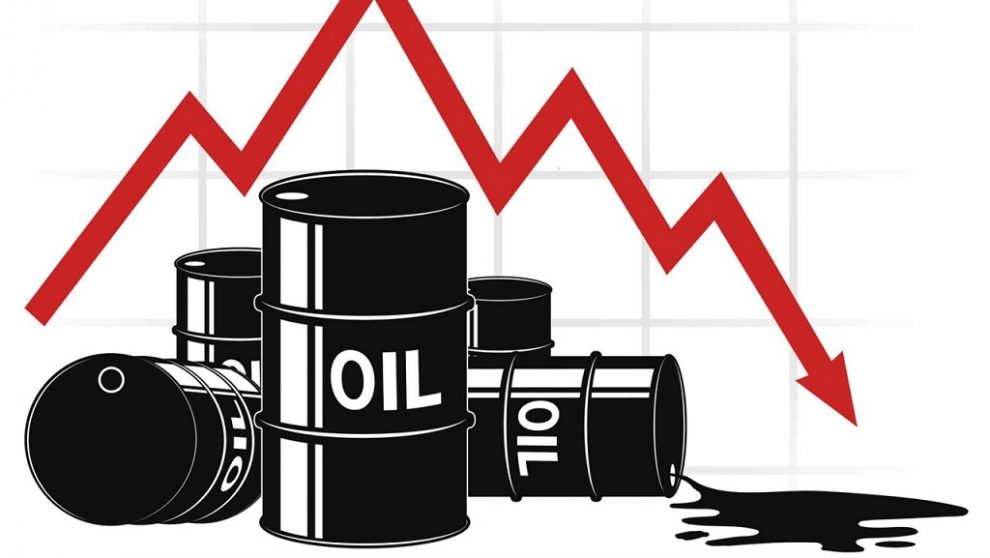April 20, 2020 marked the day where oil prices turned negative for the first time in history. The unprecedented crash caused pandemonium in the commodity market and stirred even the foreign exchange scene.
Investors were speechless following the massive dive of the crude oil contract for May. The news dominated headlines and attracted commotion in the whole market for days.
And unfortunately, prices aren’t expected to become entirely bullish as long as the coronavirus pandemic lingers. See, the reason why crude collapse is so ironic, and some experts even say that it was actually avoidable.
So, basically, the reason why crude oil dropped is there were no more inventory room to store crude oil. This forced crude oil producers to pay companies to take oil rather than to sell them.
Wait, now the question is why are there no more space? The answer is also simple. See, the transportation and travel industries are paralyzed as governments advice their citizens to stay inside their homes.
It’s crucial that the supply and demand balance remains balanced. And one key component here is the report about the US crude inventory stockpiles.
Inventory Reports
Every week, the United States Energy Information Administration conducts a report on how many crude barrels are stored in US stockpiles. The EIA publishes the report every Wednesday and it’s one of the most watched weekly events in the commodity market.
The data is crucial as it helps investors tell the direction of crude prices in the market.
A lower buildup means higher prices for WTI crude. And a greater buildup means that prices are heading downwards as it indicates over supply.
Thanks to the coronavirus, the stockpiles have reached millions. In fact, prior to the historic plunge of crude oil, the estimates and the actual figures fail to meet.
In other words, the stockpiles surged despite projections of contraction. Fortunately, after the devastating plunge, crude stockpiles have gradually declined.
Perhaps producers have learned their lesson and are, of course, avoiding another unfortunate event.
Still, aside from that, another major price driver is the news about the OPEC, the oil producing pact.
Drastic Moves
Formally known as the Organization of the Petroleum Exporting Countries, the OPEC and its allied countries have a significant impact to prices. The group is led by its de facto leader, Saudi Arabia, the home of Saudi Aramco.
Immediately after the crude market entered pandemonium, the members of the pact scrambled to take control. OPEC and its allies unleashed a historic production cut in drastic hopes to counter the overflowing supply of crude.
According to reports, the group slashed more than 9 million barrels per day following the unprecedented crash. The members, along with its leaders, quickly adjusted their production in line with their commitment to buoy the commodity market.
However, despite that, prices are still seen bearish through the month of April. The reason? The travel industry was still paralyzed.
Lifting Restrictions
Fortunately for crude, all hope isn’t lost yet. The Algerian Energy Minister said that the return of mainland China to normal life is helping to drive crude demand.
And news around the globe have started showing that some countries are now working on measures on how to lift the lockdown restrictions. This would mean a gradual recovery for demand and crude prices.
But there is a catch, investors are also concerned about the possibility of a second wave of coronavirus outbreak. That is also warned by experts and officials from across the world as a premature measure could result to even more chaos.
Investors are highly advised to brace themselves against more odds as the battle continues. Lessons should be learned, for all sides; may it be the authorities, producers, or even investors.
One thing is for certain, investors and traders must be up to date with the latest news to know what move to take. Finance Brokerage is one of the leading news sites that could help you stay updated anytime and anywhere.
Check out the latest news from every aspect of the financial system including commodities and forex.








Add Comment